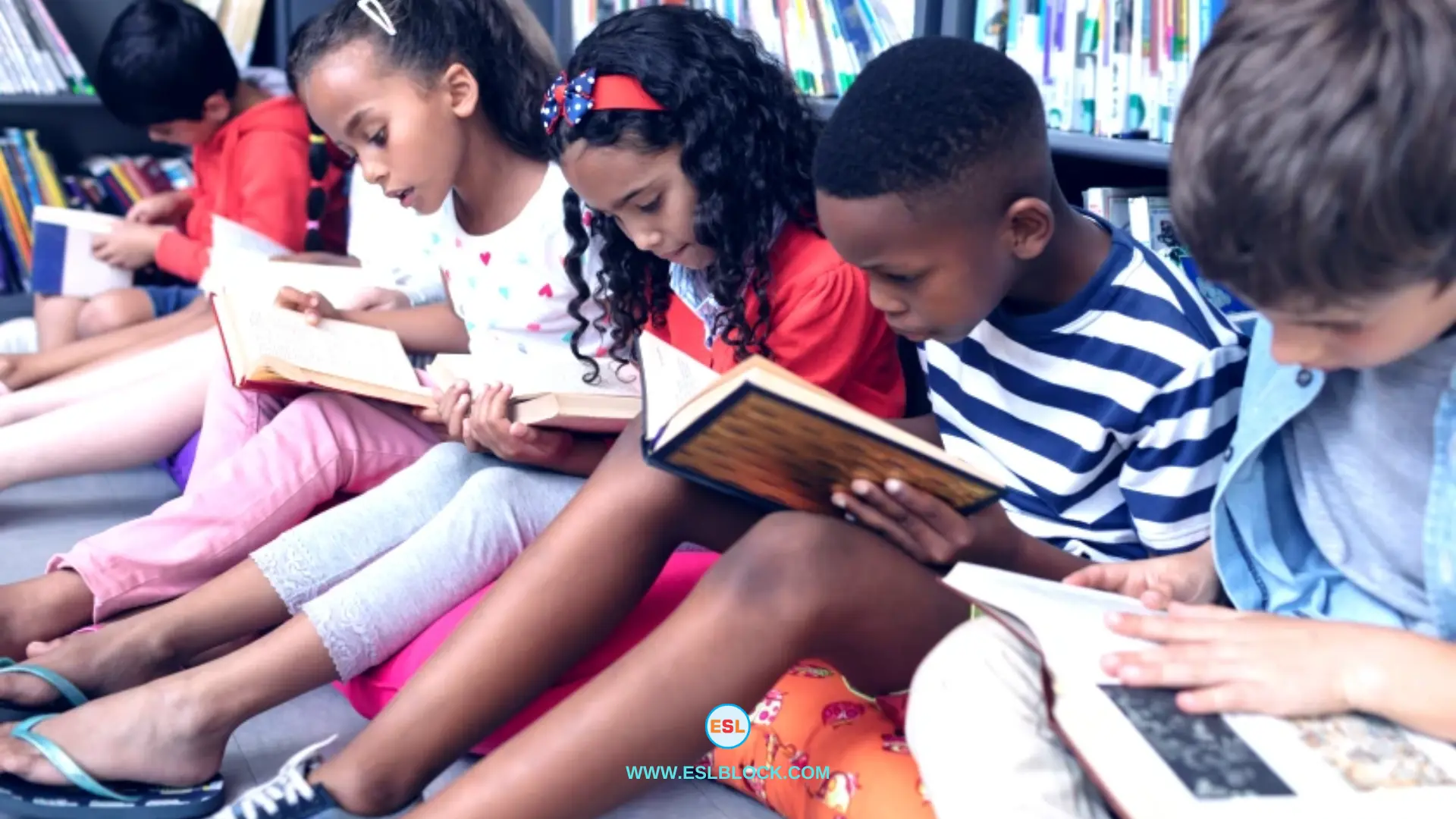Unlocking Literacy: Applying the Science of Reading to English Language Learners

Navigating Language Acquisition Through Evidence-Based Reading Strategies for Second Language Learners
Amid California’s push for research-based reading methodologies, commonly known as the “science of reading,” concerns have emerged among teachers and advocates for English learners. The worry stems from the belief that techniques designed for native English speakers may not effectively serve students learning English as a second language.
Also Read: Landmark Moments: The U.S. Supreme Court Case That Defined and Safeguarded English Learners’ Rights
However, a closer examination of the science behind language development reveals a surprising parallel between the science of reading and second language learning. Contrary to apprehensions, the science of reading can prove beneficial in teaching students whose native language is not English.
Both the science of reading and the science of language learning share a common requirement for an explicit and structured approach to literacy. This approach becomes instrumental in addressing a longstanding challenge: How to impart English academic skills to students with limited English oral proficiency.
A notable strength of the science of reading lies in its emphasis on concurrently developing language (speaking) and literacy (reading) within the same instructional space. Departing from the conventional separation of language and literacy blocks, science-based approaches advocate for an integrated teaching methodology. This approach, effective for all students, proves especially advantageous for English learners, who simultaneously acquire oral and academic skills. As students sound out words, they also grasp the meaning of those words.
The traditional isolation of oral language and literacy skills tends to increase the need for “scaffolding” support, particularly for non-native English speakers. Time constraints compel teachers to address oral skills within literacy instruction, only to circle back and integrate literacy skills within oral language instruction. The science of reading considers these skills as interwoven, reducing the necessity for scaffolds. It emphasizes a cognitive and developmental perspective, minimizing reliance on repetition and memorization.
Teaching oral, comprehension, and vocabulary skills alongside language structure and syntax addresses a longstanding need for English learners. Consider Marco, an English learner, who may correctly sound out words and recognize sight words but struggles with comprehension and contextual application. The compartmentalized approach, common in traditional methods, limits Marco’s literacy and language proficiency.
The shift towards a combined approach, focusing on language and literacy within the same learning period, marks a significant advancement. This approach, encouraged by the science of reading, enables whole-group and small-group instruction, fostering comprehensive and applicable language and literacy skills.
Examining reading and its cognitive underpinnings offers an equitable teaching approach, rooted in universal brain processing. The development of vocabulary, symbols, and sounds in reading and writing is a simultaneous process across all language and literacy learning.
The science of reading challenges teachers to delve beyond surface language and understand how it functions cognitively. While teachers may fear inadequacy in supporting English learners without proficiency in their language, the explicit language and literacy approach advocated by the science of reading serves as a reminder of teachers’ own journeys in developing English literacy.
Applying the science of reading won’t solve all complexities in teaching English learners, but it provides a purposeful starting point. Its explicit focus on language and literacy development, treating both with equal importance, offers teachers a meaningful approach to bridge the gap for English language learners.
If you have enjoyed “Less Than 1% of English Schools Equipped with Comprehensive Policies” I would be very thankful if you’d help spread it by emailing it to your friends or sharing it on Twitter, Instagram, Pinterest, or Facebook. Thank you!
More Free Resources
Here are some more lists for you!
- Controversy Unleashed: Resignations Surge as Boston School Task Force Objects to New Plan for English Learners
- Decline in English Language Proficiency Among Young People
- Language Learning Gap: Less Than 1% of English Schools Equipped with Comprehensive Policies
- Preschool Earth and Space Science – Math Worksheets
- Preschool Subtraction – Math Worksheets






